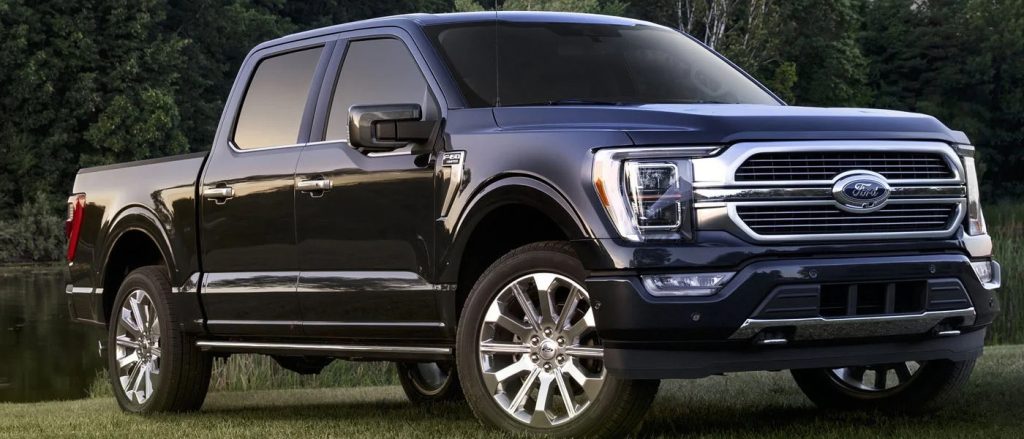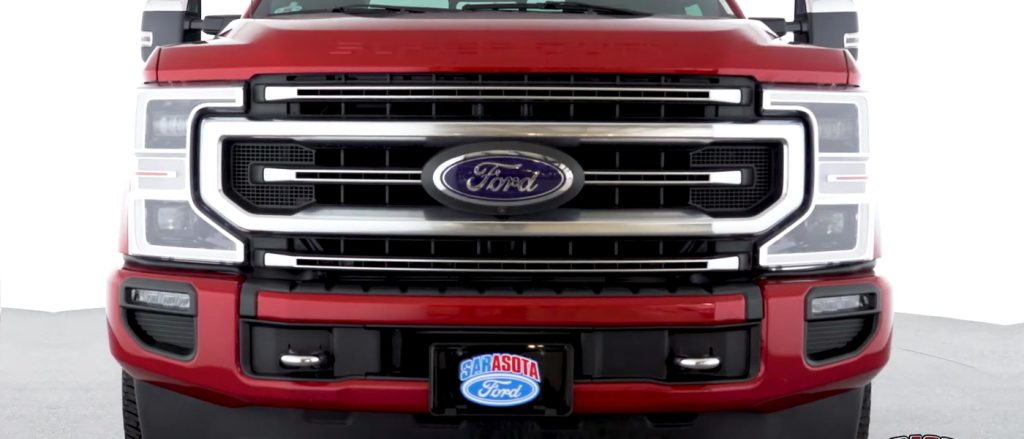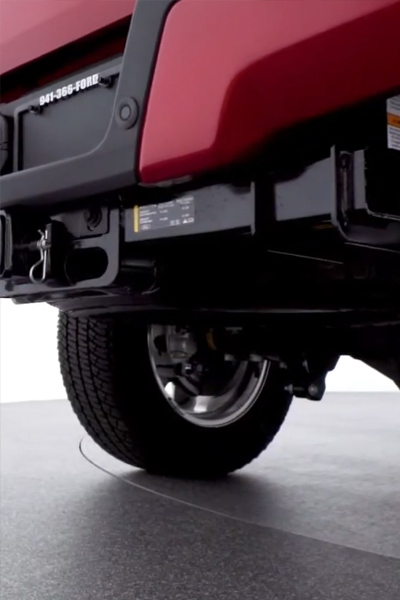Lifted trucks have become quite a spectacle on highways and city streets. Owners take great pride in customizing their rides, creating eye-catching, sky-high behemoths. But as the height of these trucks increases, so do legal concerns and safety regulations. Understanding the laws and regulations governing lifted trucks, which vary by each U.S. state, is essential.
Lifted Truck Laws
To ensure safety and curb excesses, several parameters have been defined legally regarding the modification of trucks. The key elements of these laws touch on dimensions, wheels & tires, brakes, suspension, frame, bumpers, and general safety requirements.

Dimensions
Regulations around dimensions typically relate to height, length, and width. The specifics depend on the state, but generally, there is a maximum allowable height (often 13.5 feet) beyond which a truck cannot be lifted. Width is often restricted to ensure the vehicle can safely navigate lanes, while length might be controlled to guarantee trucks can maneuver without causing traffic disruptions.
Wheels & Tires
Oversized tires are a common feature on lifted trucks. However, certain rules govern their use. For instance, most states require that fenders cover all tires. Additionally, specific rules may stipulate the use of certain tires to ensure safe road contact and appropriate speed ratings.
Brakes
Increased height often means an increase in mass and momentum. Therefore, brakes must be upgraded to accommodate the changes, ensuring the vehicle can stop within safe distances. Most states require an inspection of the braking system following any significant alteration to a vehicle’s size or weight.
Suspension
The suspension laws deal primarily with how high the vehicle’s chassis or body can be lifted above the frame. Some states set an absolute limit on suspension lift, while others tie the permissible lift to the vehicle’s track width or wheelbase.
Frame
A lifted truck’s frame height is another important consideration, meaning the distance from the ground to the bottom of the vehicle’s frame. Several states have laws dictating the maximum allowable frame height based on the vehicle’s gross vehicle weight rating (GVWR).
Bumpers
The elevation of bumpers after lifting a truck often exceeds the safe limit. There are specific height limits for both front and rear bumpers in most states, intended to align with crash protection features on passenger vehicles.

Safety Requirements
Many states have additional safety requirements for lifted trucks, including running boards, additional lights, special mirrors, and flags or markers for oversized vehicles. Lifted trucks might also need to pass stringent safety inspections before being allowed on public roads.
Lift Kit Laws by State
Due to the length restrictions, I’ll briefly mention the most notable laws in each state. Always consult local regulations or a legal advisor for full, current details.
Alabama
Alabama’s moderate regulations focus on the safe bumper, frame, and suspension heights.
Alaska
In Alaska, bumper height restrictions are based on the GVWR. Extra lighting is required for trucks exceeding a certain height.
Arizona
Arizona is fairly lax on lifted trucks, but restrictions on fender and mud flap requirements are enforced.
Arkansas
Arkansas also has moderate regulations, particularly on brake and tire safety.
California
California has some of the strictest laws regarding lifted trucks, focusing on emissions, frame, and bumper heights.
Colorado
Colorado has standard height restrictions but also requires special permission for oversized tires.
Connecticut
Connecticut regulations are strict on maximum frame height and require safety inspections.
Delaware
Delaware has regulations primarily about safety inspections and maximum allowable heights.
Florida
Florida has strict rules about the height of headlights, taillights, and bumpers.
Georgia
Georgia has strict height restrictions, especially on bumpers and frames.
Hawaii
Hawaii’s regulations focus mainly on safety features, including brakes and tires.
Idaho
Idaho is fairly lenient on lifted trucks, though fender and mud flap regulations are enforced.
Illinois
Illinois regulations are particularly strict about the bumper and frame height.
Indiana
Indiana law emphasizes safe bumper and frame height based on GVWR.
Iowa
Iowa requires regular safety inspections for lifted trucks and has strict height regulations.
Kansas
Kansas laws are moderate, focusing on the safe bumper and frame heights.
Kentucky
Kentucky has some of the most lenient laws, with few restrictions on lift height.
Louisiana
Louisiana focuses on safe bumper heights and requires regular safety inspections.
Maine
Maine laws require safety inspections for lifted trucks and impose restrictions on maximum lift height.
Maryland
Maryland is strict on maximum frame height and requires regular safety inspections.
Massachusetts
Massachusetts focuses on the safe bumper and frame height based on GVWR.
Michigan
Michigan has strict rules on the height of headlights, taillights, and bumpers.
Minnesota
Minnesota laws focus on bumper heights and require safety inspections for lifted trucks.
Mississippi
Mississippi is fairly lenient but enforces bumper and frame height regulations.
Missouri
Missouri requires regular safety inspections and has moderate height restrictions.
Montana
Montana is lenient with few restrictions on lifted trucks, mainly focusing on safety features.
Nebraska
Nebraska laws emphasize bumper and frame height, emphasizing brake and tire safety.
Nevada
Nevada has strict height restrictions and requires regular safety inspections.
New Hampshire
New Hampshire emphasizes safe bumper heights and requires safety inspections.
New Jersey
New Jersey laws are strict about the bumper and frame height and require safety inspections.
New Mexico
New Mexico is fairly lenient, though fender and mud flap regulations are enforced.
New York
New York focuses on safe bumper and frame heights based on GVWR and requires safety inspections.
North Carolina
North Carolina has moderate height restrictions and emphasizes safety features.
North Dakota
North Dakota is fairly lenient but enforces bumper and frame height regulations.
Ohio
Ohio laws focus on safe bumper heights and require regular safety inspections.
Oklahoma
Oklahoma is relatively lenient, with an emphasis on safety features.
Oregon
Oregon has strict rules on the height of headlights, taillights, and bumpers.
Pennsylvania
Pennsylvania requires regular safety inspections and has strict height restrictions.
Rhode Island
Rhode Island focuses on safe bumper heights based on GVWR.
South Carolina
South Carolina laws are moderate, focusing on the safe bumper and frame heights.
South Dakota
Although fender and mud flap regulations are fairly lenient, South Dakota is enforced.

Tennessee
Tennessee has moderate height restrictions and emphasizes safety features.
Texas
Texas focuses on the safe bumper and frame heights and requires safety inspections.
Utah
Utah is relatively lenient but requires safety inspections for lifted trucks.
Vermont
Vermont laws focus on bumper heights and require safety inspections for lifted trucks.
Virginia
Virginia has strict bumper and frame height regulations, emphasizing safety features.
Washington
Washington focuses on the safe bumper and frame heights and requires regular safety inspections.
West Virginia
West Virginia laws are moderate, emphasizing brake and tire safety.
Wisconsin
Wisconsin is strict about maximum frame height and requires regular safety inspections.
Wyoming
Wyoming is relatively lenient but enforces certain safety regulations, including brake and tire safety.
These summarized state-specific laws and regulations are subject to change and should only be considered a general guide. Always consult your local Department of Motor Vehicles or a legal expert for precise information, especially before making any major modifications to your truck. In conclusion, while lifting your truck can add a unique aesthetic, it’s crucial to consider the various laws and regulations to ensure your vehicle is safe, legal, and roadworthy. This will keep you on the right side of the law and make your driving experience more pleasurable. Remember that every modification you make to your truck can impact its handling and safety features, so always ensure these changes meet the required safety standards.





